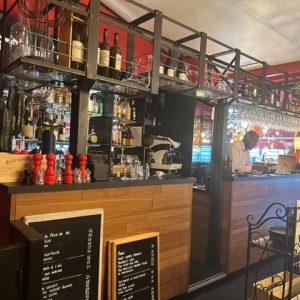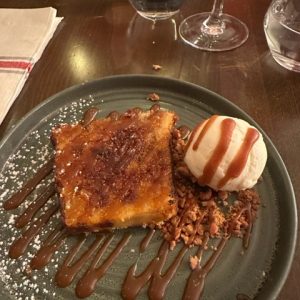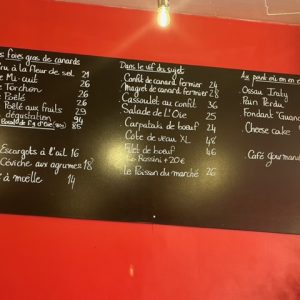South-west French cuisine and wine
I recently enjoyed an excellent lunch with my good friend, Roland, at “Il était une oie dans le Sud Ouest”, a restaurant serving the cuisine of Southwest France.
Southwest France is a very imprecise term. It can cover the Perigord, down to Biarritz, and all the way over to Toulouse. Thus to speak of a South-West cuisine can be problematic.
But one thing is certain, as the French say “On mange bien dans le Sud-Ouest (One eats well in the Southwest)”
The Southwest has long been famous for its gastronomy and its wines. Fertile soils, generous climate and a land filled with traditions makes the Southwest of France an ideal destination for both foodies and wine lovers.
With a rich heritage (Romans brought vines to the region 2000 years ago), and with Bordeaux as a main port for wine trade, the region soon exported its culinary identity. Home of the world’s greatest wines, the gastronomy became soon equally famous: healthy and gourmet products to ideally pair with the wines.
Duck is omnipresent in the culinary traditions of the Southwest of France. Some of the most famous French dishes with duck are: foie gras (fattened duck livers), duck confit (preserved duck leg in duck fat), duck magret (duck breast) and gizzards (in French “gésiers”, found in the salad “landaise”).
Then there is Bayonne ham from the Basque region of the Southwest. This gastronomical delicacy is made from dried pork ham cured to perfection for at least seven months.
Southwest France’s most famous cheese, Roquefort is a blue cheese made from raw sheep’s milk. Creamy and full of character, Roquefort fits perfectly with a sweet wine like Monbazillac, Loupiac or Sauternes.
So I was very happy when Roland suggested have lunch at “Il était une Oie dans le Sud-ouest” ( 8 Rue Gustave Flaubert, 75017 Paris”), a charming little restaurant. Roland and I are soul brothers, both of us having Filipina wives!
We both ordered cassoulet, a slow cooked white bean stew filled with pork parts, sausage, duck leg confit, and sometimes mutton and game. Cassoulet was originally peasant fare as a way to use leftover meats. Over the centuries, this once simple dish has been elevated to gourmet status, and is the subject of passionate debates over which version makes the most original or best cassoulet.
Cassoulet is very hearty such that you never need to have an entree! But we did succumb to dessert, and we both ordered “Pain Perdu” (“lost bread”), which most Anglophones consider to be “French toast”
I was so happy when Roland ordered a Madiran wine, a rather unique wine. It is intense and endowed with delicate aromatic richness, and ample and dense, with a lovely freshness and silky tannins.
Madiran is only ever a red wine and usually made using a majority of tannat grape variety. It is often blended with a little cabernet franc or cabernet sauvignon or sometimes made as a pure varietal. Tannat thrives in the Southwest, enjoying the combination of summer heat and abundance of water.





